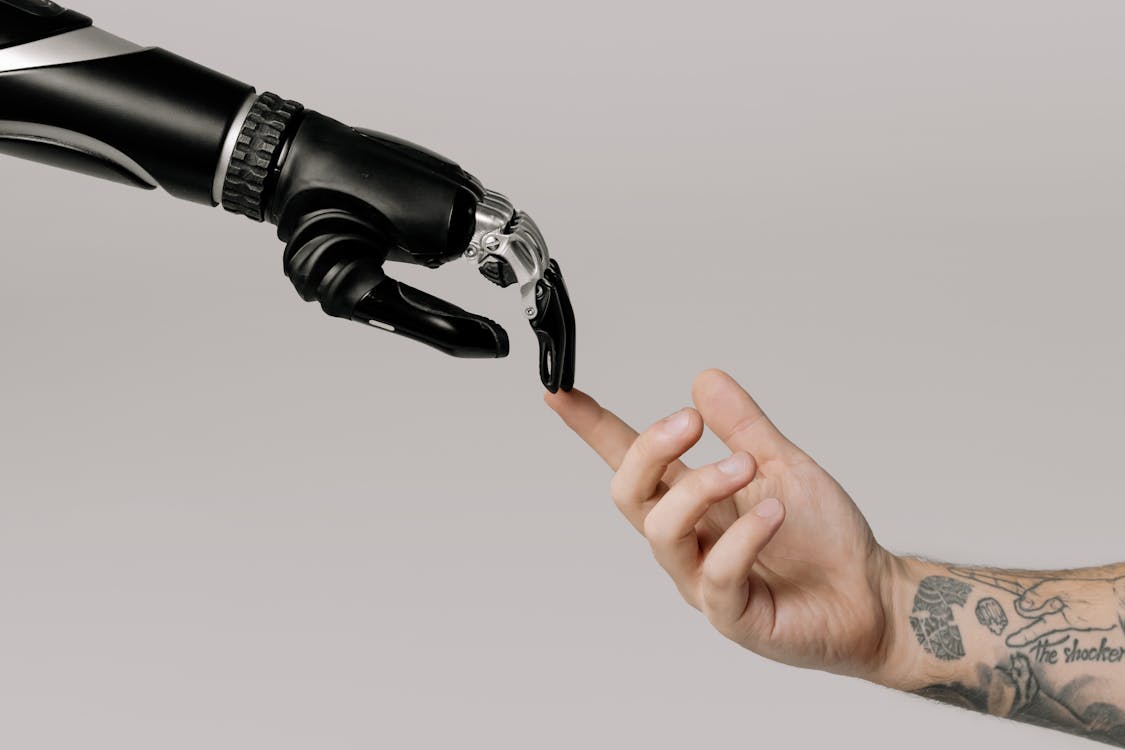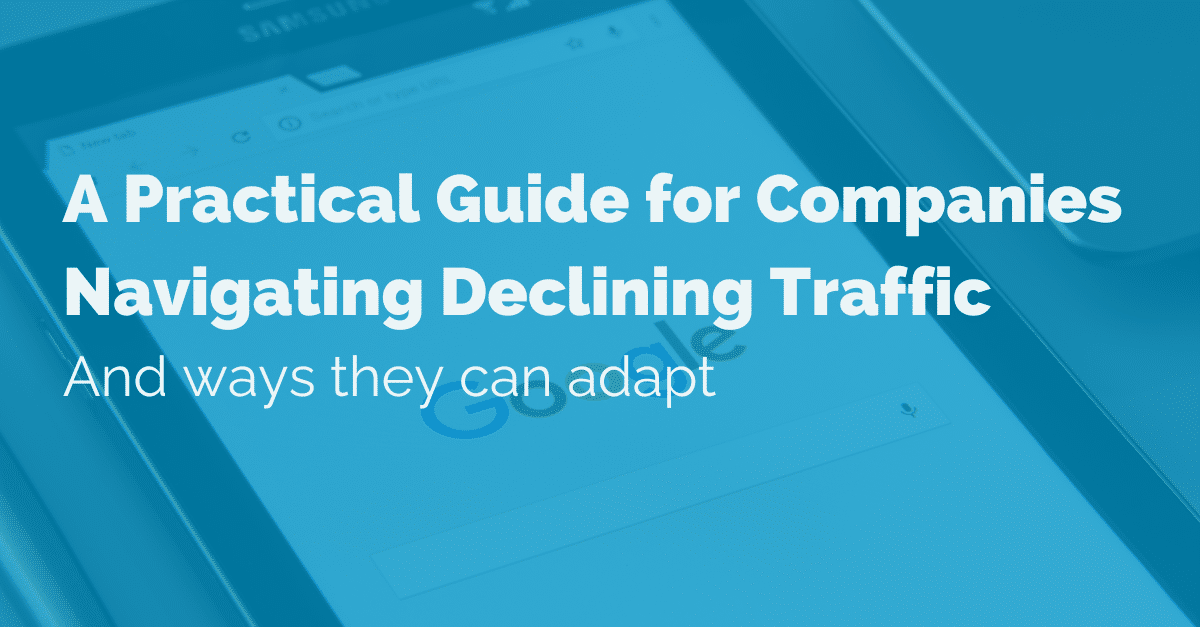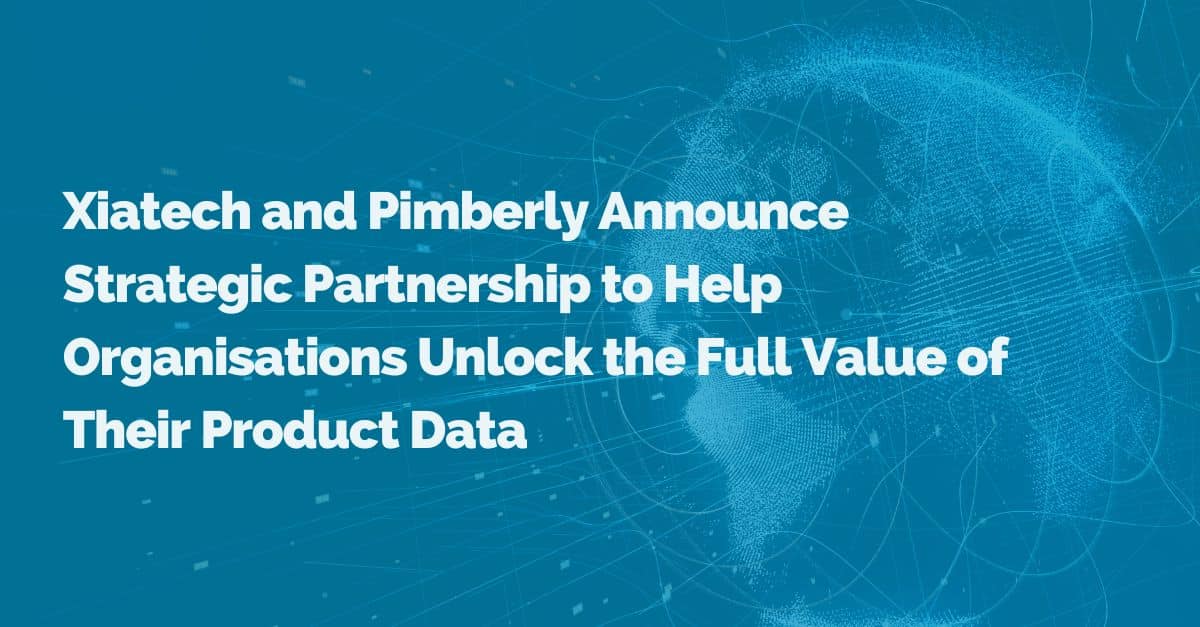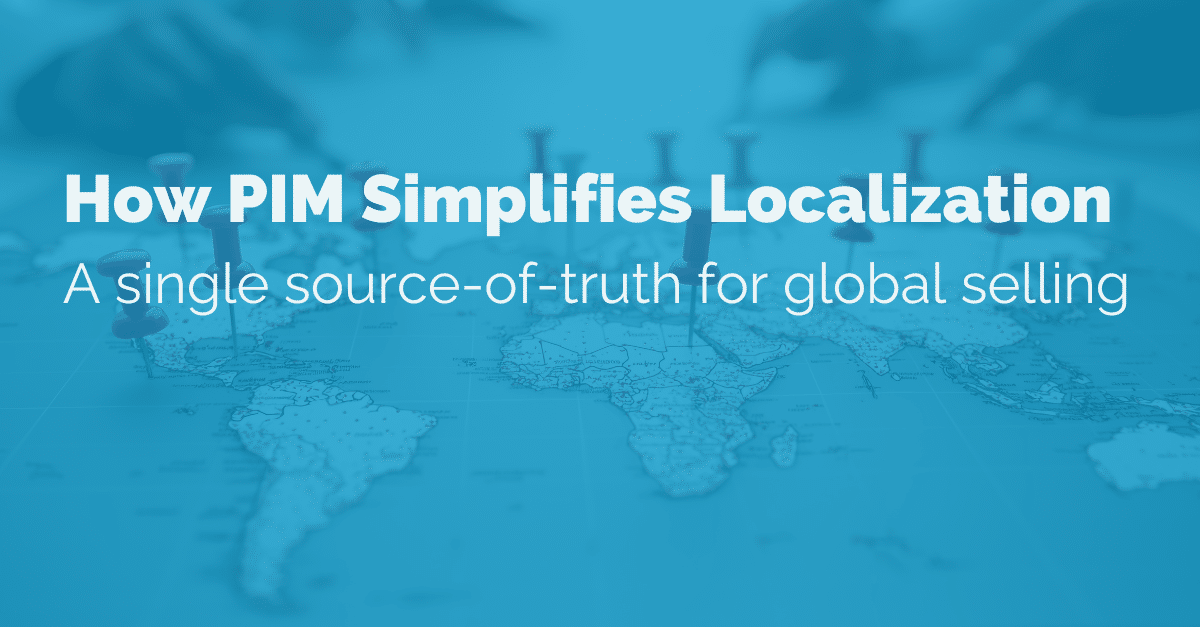Marketers can proactively modify experiences to generate distinctive touch points that are tailored to specific visitors by utilizing hyper-personalization. Hyper-personalization AI seeks to create enduring bonds and elicit significant reactions. It aims to offer distinctive experiences to boost conversion rates and extend customer lifetime value.
Let’s learn more about how Artificial Intelligence has improved hyper-personalization. Also, we’ll look at the best AI tools and platforms for personalized shopping experiences.
Hyper-Personal AI
Combining AI processing with real-time data allows you to manage each interaction in your journey maps based on consumer data. This includes content delivery, step-by-step recommendations, and event response. Although it can’t create your plans or take the place of multivariate testing, you may utilize the data to manage the user experience.
To understand what hyper-personal AI is, you must simulate various behaviors and employ algorithms. In turn, these algorithms have to utilize real-time data to determine the best moment to send out a message, alert, or offer. You can apply this hyper-personal AI definition to every touch point in your store. Therefore, you’re directly interacting with people at each step and properly anticipating their demands.
Hyper-Personalization Examples
Among the businesses that profited from hyper-personal AI examples are:
Reebok
Even in the case that a visitor leaves the Reebok store without making a purchase, the website keeps track of all their activities. Also, if you have opted in for email updates, Reebok will send you a tailored email with product recommendations. These recommendations come based on your past browsing activity.
Additionally, Reebok employs hyper-personalization AI to generate a computerized product list with a personalized message. They achieve this by tracking each user’s visits and utilizing algorithms to find relevant products.

Airbnb
Airbnb started employing location services to automatically fill out various forms on their website. Basically, this is done based on the service that a visitor wishes to sign up for.
Following their registration, each visitor’s experience is distinct and the website retains a record of all their interactions through generative AI hyper-personalization.
Amazon
Once more, hyper-personalization served as the foundation for Amazon’s whole ecosystem, making them early adopters. Customers receive personalized homepages and incredibly precise product recommendations. In addition, they have the chance to boost orders by adding supplementary products, as well as a flawless checkout process.
AI Hyper-Personalization Solutions
The following AI Hyper-personalization solutions have proven to be excellent uses of AI algorithms. Their performance is measured here in terms of consumer satisfaction and brand outcomes:
Relevant Product Recommendations
Hyper-personalization AI solutions can automatically match each unique user with products that are relevant to them. In essence, AI bases these matches on preferences, interests, past purchases, and other important information. If you’ve ever made purchases on websites like eBay, Amazon, or Walmart, you are aware of the effectiveness of these AI-generated product suggestions.
Mobile and Website Personalization
Sophisticated AI customization technologies for websites and apps may adjust almost every feature. For example, you can offer categories, advertisements, level of personalization, pop-ups, and more to suit user needs. When done correctly, this might give users the impression that the entire website or application was created with them in mind.
Omnichannel Personalization
Creating a uniform consumer experience across all touchpoints is known as an omnichannel marketing strategy. By automatically providing tailored material and product recommendations on every channel, artificial intelligence (AI) can streamline this intricate process and enhance outcomes.
Predictive Segmentation
Conventional segmentation allows brands to categorize their consumer base based on well-known attributes such as devices, locations, demographics, or past purchases. By anticipating future actions, such as how likely a consumer is to buy, churn, or react to a discount, AI elevates this process to a new level.

Hyper-Personalization AI Platform Examples
The below-mentioned are some of the best Hyper-Personalization generative AI platforms to look out for:
Pimberly
As a Product Information Management PIM solution, Pimberly facilitates hyper-personalization by integrating robust data management capabilities. In turn, the platform enables businesses to gather and analyze customer behavior across multiple channels. This data-driven approach allows for precise segmentation and targeting. Even further, it ensures tailored marketing campaigns and product recommendations.
Pimberly’s automated workflows streamline the delivery of personalized content in real-time, enhancing customer engagement and satisfaction. Ultimately, Pimberly empowers businesses to adapt swiftly to customer preferences, optimizing conversions and fostering long-term loyalty.
Insider
Advanced personalization of websites and mobile apps, automated two-way interactions, predictive segmentation, product suggestions, site search, and cross-channel customer journey personalization are some major offerings of Insider. The most comprehensive collection of personalization options for websites, mobile applications, email, SMS, WhatsApp, notifications by push, and other channels are all combined by Insider.
CleverTap
CleverTap is a comprehensive platform for consumer involvement. Although CleverTap was once a more straightforward mobile marketing solution, it has now grown to incorporate more channels and capabilities, such as CleverAI, which offers artificial intelligence-powered segmentation, tailored product suggestions, and journey orchestration.
Dynamic Yield
Website personalization is a major focus of the personalization platform Dynamic Yield. It includes AdaptML, a self-training deep neural network system that can customize each user’s digital experience according to their preferences and behavior through generative AI. With capabilities like precise targeting, open-time decisions, individualized product suggestions, and more, Dynamic Yield also facilitates email personalization.
Future of Hyper-Personalization
The future of AI-driven hyper-customization depends heavily on artificial intelligence, which makes it possible to use more sophisticated and successful personalization tactics. Artificial Intelligence (AI) enables businesses to provide highly tailored experiences by utilizing sophisticated machine learning algorithms to examine large volumes of data in real time.
The increasing significance of automated personalization processes is one of the major paths in the development of AI-based hyper-personalized tools. Businesses are depending more and more on intelligent automation systems that can dynamically modify client experiences according to the preferences and behaviors of the customers.

Furthermore, as AI technology develops, more complex data analysis is made possible, which helps businesses better understand their clients’ wants and provide even more individualized offers and communications. Finally, even before consumers are aware of their demands, AI can predictably assess customer behavior based on trends across a wider range of users and provide tailored recommendations and personalized experiences for appropriate channels.
Hyper-Personalization Across Industries
Many different businesses are using hyper-personalization to give their customers better experiences. Hyper-personalization is also a major part of many globally operating industries, such as:
Retail
Relevance and honesty are the cornerstones of hyper-personalization in the retail sector. Businesses aim for more than merely persuading clients to buy from them. Rather, the focus should be on establishing a rapport with them and providing them with the essential items.
Finance
In an industry usually characterized by cutting-edge technology and frequently lacking a “human touch,” hyper-personalization in finance allows for a more customer-centric approach.
Delivering individualized product designs, counsel based on the customer’s real needs, and communications that the consumer finds meaningful are the fundamental tenets of this approach.
Healthcare
This industry’s overarching objective is to support residents’ general health and well-being in addition to providing healthcare when necessary. Hyper-personalization can be utilized, for instance, to establish rapport with patients and give them individualized lifestyle recommendations, to do this.
Public Sector
In the public sector, hyper-personalization aims to make the environment friendly to citizens by getting to know their needs and meeting those needs whenever they arise. The public sector is a major compliance of utilizing hyper-personalization operations to cater to customers.

AI Improved Hyper-Personalization
AI systems use a variety of data sources, including browsing patterns, purchase histories, and lookalike audiences, to learn about personal preferences. This makes it possible to use automation and customized messaging to present pertinent offers to the appropriate audience at the appropriate moment.
Since most platforms integrate AI with automation technologies, end users are increasingly able to access complex algorithms that were previously only available to data analysts. With so many options available, leveraging AI and automation for a hyper-personalization strategy only requires incorporating any necessary process modifications into your marketing plan. This shift doesn’t need to happen all at once; little steps are crucial for a smooth integration with your staff.
The potential and applications of artificial intelligence and machine learning are still in their infancy. Determine how you’d like to use it to develop a strategic adoption plan before you get started. AI is the future, whether it is used to start individualized experiences and personalized interactions on a website, discover important accounts with buyer committees, or improve the buyer journey.

Bottom line
Lacking behind in terms of innovation, technological advancement, and digitalization can lead to great financial and commercial loss. This is why, opting for AI-based platforms and tools is the most efficient approach to take on. You can also contact us at Pimberly, if you require the best data management tools around you.

















